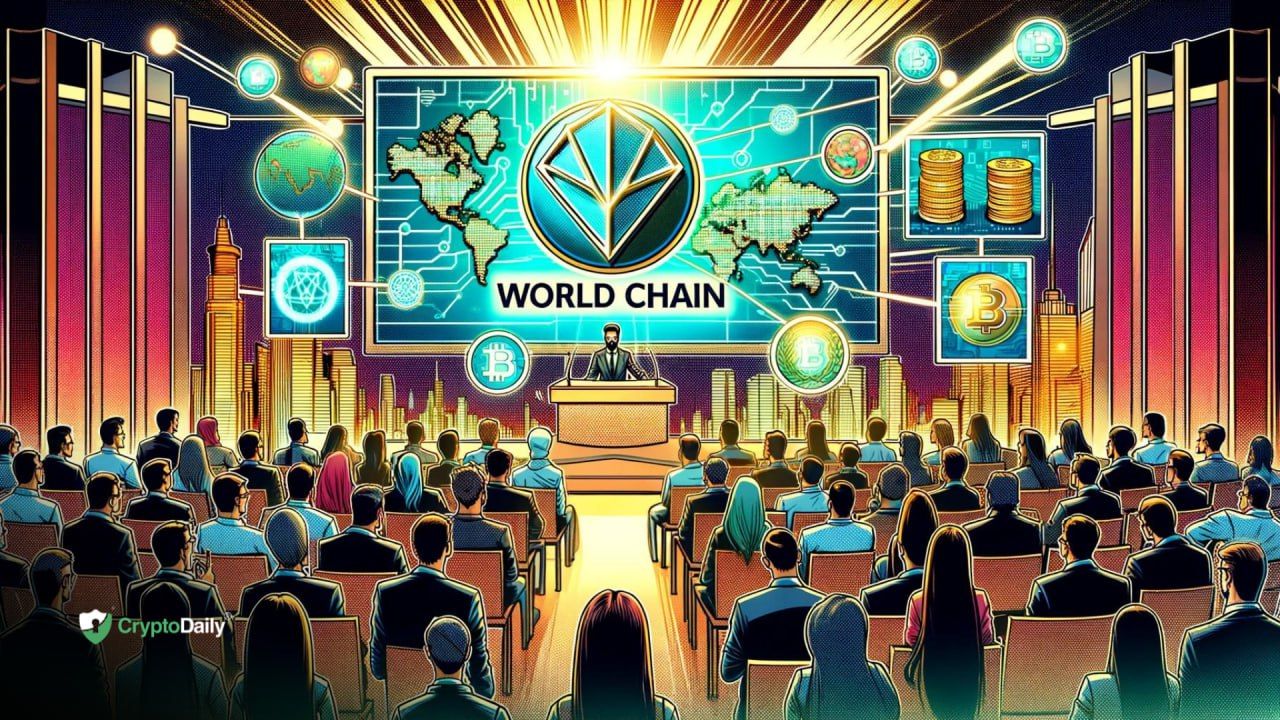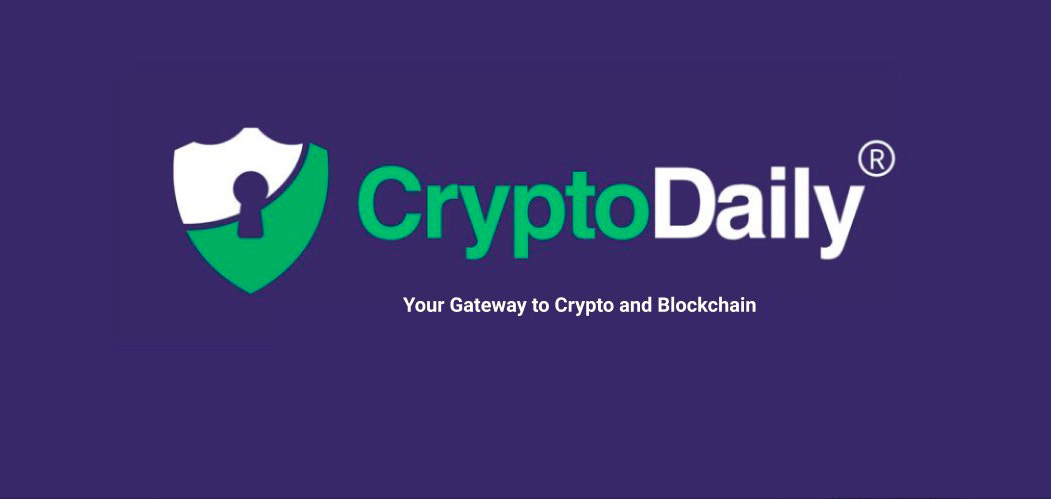Published
5 years ago on
October 30, 2018
The Big XRP Headline & Ripple Banking Partnerships
I'm responsible for filming fresh, daily market, blockchain and crypto news for Crypto Daily's YouTube Channel. We cover a variety topics and coins to suit the taste of different investors, traders and crypto enthusiasts. For many years my background was mainly in Recruiting and Marketing. I also enjoy running a musical YouTube channel in my spare time.

Altcoins
April 18, 2024
New Uniswap Listing Dogecoin20 (DOGE20) Trends on DEXScreener - Best Meme Coin To Buy Now?

5 Small-Cap Cryptos
April 18, 2024
Forget Bitcoin: These 5 Small-Cap Cryptos Could Unleash Their Massive Growth Potential Post-Halving

Breaking News
April 18, 2024
Worldcoin To Launch World Chain for Enhanced User Experience

Breaking News
April 18, 2024
Worldcoin To Launch World Chain for Enhanced User Experience

Breaking News
April 18, 2024
EY Debuts Ethereum-Powered Blockchain Solution for Streamlining Complex Contracts

Bitcoin
April 18, 2024



